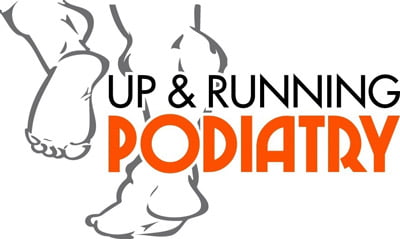Taping a hammer toe can help realign the toe, reduce discomfort, and prevent further bending, though it is not a permanent fix. The article explains how to properly tape a hammer toe using sports or kinesiology tape and highlights when professional treatment is necessary. It also covers additional treatment options such as custom orthotics, foot mobilisation therapy, and biomechanics assessments. For expert care, booking an appointment with a podiatrist is recommended.
Ever wondered if taping your hammer toe could actually fix it?
Hammer toes can be painful, frustrating, and make wearing shoes uncomfortable. Whether it’s caused by genetics, improper footwear, or an underlying foot condition, this toe deformity can gradually worsen over time. While surgery is an option in severe cases, many people look for simple and non-invasive methods to manage it—including taping.
But how effective is it? Can it actually help straighten your toe, or is it just a temporary fix? Let’s take a look at how taping works, when to use it, and other key treatments that can help.
What is a Hammer Toe?
A hammer toe happens when the toe bends at the middle joint, making it look curled rather than straight. It often affects the second, third, or fourth toes and is usually caused by an imbalance in the muscles, tendons, or ligaments that keep the toe in place.
Common symptoms include:
- Pain or irritation when wearing shoes
- Corns or calluses forming due to friction
- Stiffness in the affected toe
- Redness or swelling around the joint
When left untreated, hammer toes can become rigid, making them harder to correct without medical intervention. That’s why early treatment, like taping, can play an important role in managing the condition.
How Does Taping Help?
Taping is used to hold the toe in a more natural position and reduce pressure on the joint. It can also help prevent further curling and ease discomfort when walking.
In a study exploring the effects of kinesiology taping on hammer toes, researchers found that properly applied tape helped improve foot alignment and pressure distribution. While it’s not a permanent fix, it can provide relief, especially when combined with other treatments like foot exercises and better footwear.
“Kinesiology Taping seems to be a symptomatic form of treatment of the effects of lesser toes deformity, therefore it is a good alternative for patients who do not want or cannot undergo surgery.” The Impact of Kinesiology Taping on a Greek Foot with a Hammertoe—A Case Report

Step-by-Step Guide to Taping a Hammer Toe
Want to try taping at home? Follow these steps:
- Clean and dry your foot before applying any tape.
- Place a piece of soft padding under the affected toe to reduce pressure.
- Using sports or kinesiology tape, wrap the toe downwards and slightly backward to encourage a straighter position.
- Secure the tape around the base of the toe and under the foot to keep it in place.
- Make sure it’s snug but not too tight—you don’t want to cut off circulation.
Need professional guidance? Book an appointment with one of our podiatrists to get expert taping techniques and personalised treatment options.
When Should You See a Podiatrist?
While taping can help manage symptoms, it’s not always a long-term solution. If your toe remains painful, stiff, or unresponsive to treatment, it’s time to see a professional.
At Up and Running Podiatry, we offer treatments such as:
- Custom orthotics to correct toe alignment
- Foot mobilisation therapy to improve flexibility
- Sports & biomechanics assessments to address underlying muscle imbalances
Don’t let hammer toes stop you from moving comfortably. Get professional help today! Click here to book your consultation.

